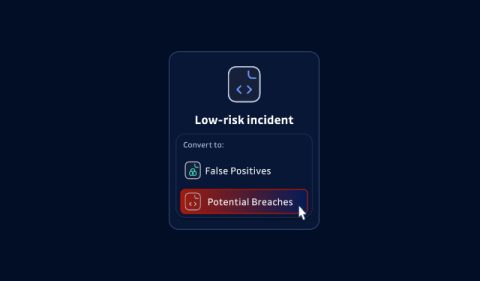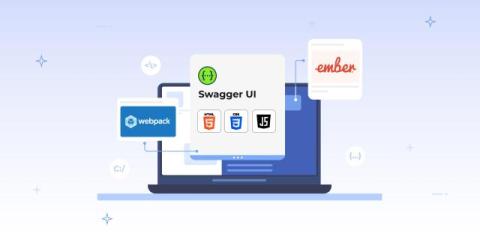Automating Intelligence with ThreatQ TDR Orchestrator
ThreatQ TDR Orchestrator serves as a bridge between human expertise and machine precision, optimizing workflows in security operations. By leveraging this dynamic solution, organizations can ensure that the tacit knowledge of security analysts is efficiently captured and combined with automated processes. This integration facilitates a more agile response to threats, as the human element of decision-making is supported by the speed and consistency of automation.











